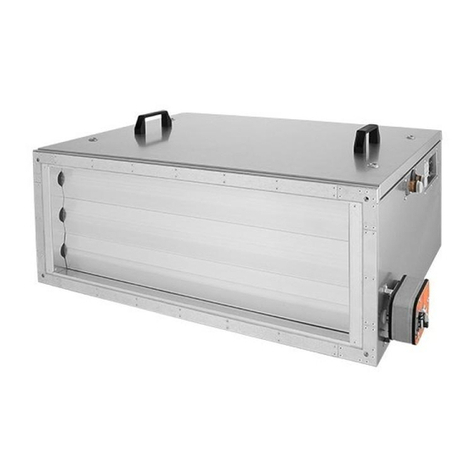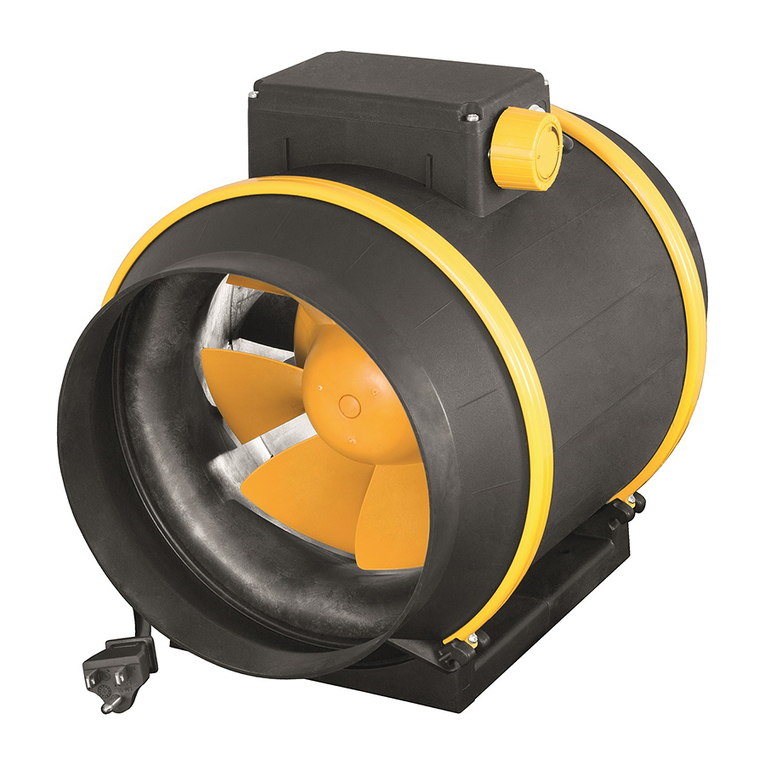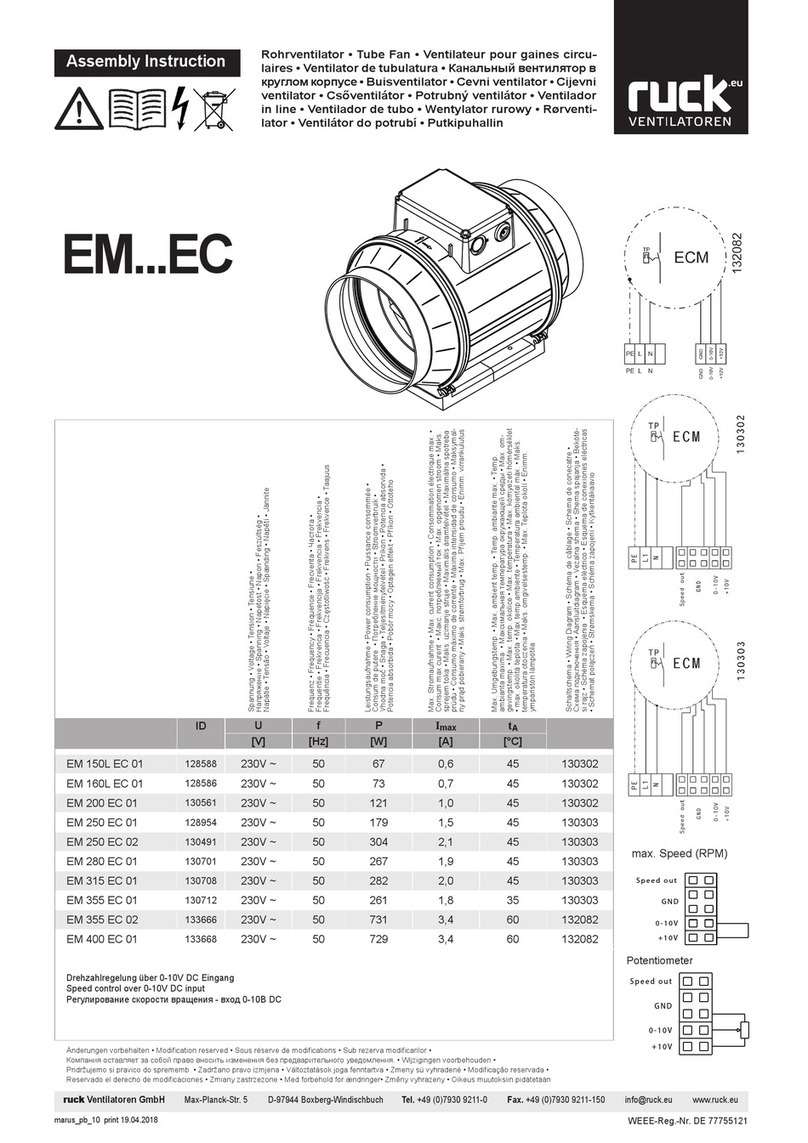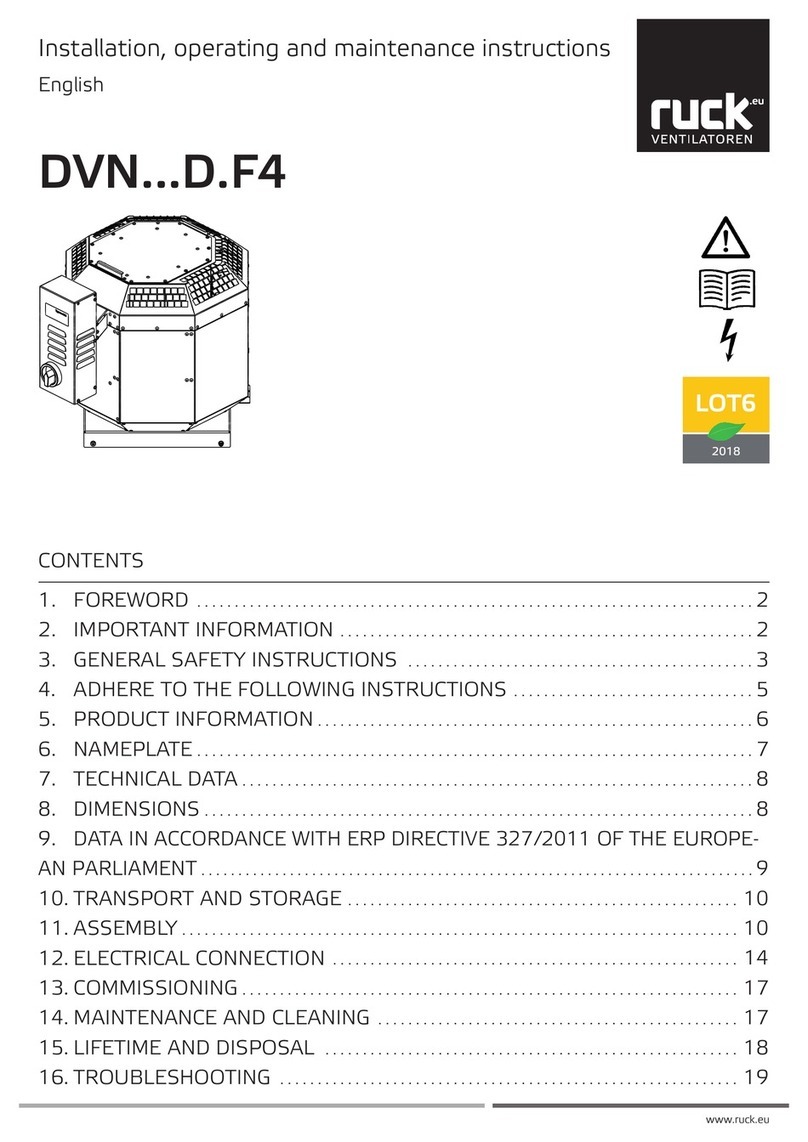Contents
Assembly and Operating Manual
1. Important information ...............................................................................4
1.1. Rules and regulations ......................................................................4
1.2. Guarantee and liability .....................................................................4
2. General safety instructions ......................................................................4
2.1. Intended use ....................................................................................4
2.2. Improper use ....................................................................................5
2.3. Personnel qualications ...................................................................5
2.4. Safety instructions in this manual.....................................................5
2.5. Adhere to the following instructions .................................................6
2.5.1. General instructions .........................................................................6
2.5.2. During installation.............................................................................6
2.5.3. During commissioning......................................................................6
2.5.4. During operation...............................................................................6
2.5.5. During cleaning ................................................................................6
2.5.6. During maintenance and repair........................................................6
2.5.7. Disposal ...........................................................................................6
2.6. Safety labels on the product.............................................................7
3. Delivery contents.......................................................................................7
4. Product and Performance description ....................................................8
4.1. Device description............................................................................8
5. Transport and storage...............................................................................9
6. Assembly....................................................................................................9
6.1. Permitted installation positions.......................................................10
6.2. Operating limits ..............................................................................10
7. Electrical connection ..............................................................................10
7.1. Overcurrent protection ...................................................................11
7.2. Wiring diagrams .............................................................................12
7.3. Connection EC-extract fan .............................................................12
8. Commissioning........................................................................................13
9. Operation..................................................................................................14
9.1. Control unit.....................................................................................14
9.1.1. Adjustment of the control unit parameter .......................................15
9.2. Menu management ........................................................................16
9.3. Menu functions...............................................................................17
9.3.1. Time / Time switch..........................................................................17
9.3.2. Operating variables Menu ..............................................................18
9.3.3. Parameter settings Menu ...............................................................19
9.4. Additional functions ........................................................................20
10. Maintenance and repair ..........................................................................20
10.1. Important notes ..............................................................................20
10.2. Cleaning and care ..........................................................................21
10.3. Maintenance...................................................................................21
10.3.1. Air lter...........................................................................................21
10.3.2. Changing the battery .....................................................................22
11. Expansionandreconguration..............................................................22
12. Dismantling and disposal .......................................................................22
12.1. Disassembling the product.............................................................22
12.2. Disposal .........................................................................................22
13. Troubleshooting.......................................................................................23
13.1. Low-current fuses...........................................................................23
13.2. Fault diagnosis chart ......................................................................24
13.3. Possible operating faults. ...............................................................24
14. Technical data..........................................................................................25
15. Appendix ..................................................................................................26
15.1. List of parameters ..........................................................................26
15.2. Wiring diagrams .............................................................................27
3































